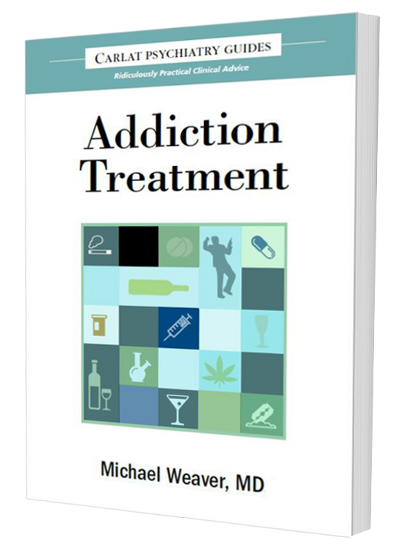When the AMA adopted the 5th version of the CEJA report on industry-funded CME, it seemed clear that this was an ominous and very bad sign for the future of industry-funded CME. I already posted my take on the report here (short version: say goodbye to most industry CME). Now we are beginning to see how industry supporters are responding. Basically, they are saying, or maybe just desperately hoping, "Feh! It's no big deal."
They were singing a different tune before the vote. As was true for the prior CEJA CME reports, MECCs (medical education communication companies) and their supporters maligned the document. The Alliance for CME, the main trade organization for MECCs, had released this statement recommending that many sentences in the recommendations be stricken—essentially any sentence that challenged the status quo.
A couple of weeks before the vote, Medical Meetings magazine published an editorial by columnist and MECC owner Stephen Lewis angrily attacking CEJA as being an “oxymoron” because it “seems to have forgotten the critical link that exists between ethics and evidence.”
And five days before the vote, Thomas Sullivan, the owner of the MECC Rockpointe, who writes the influential pro-industy blog Policy and Medicine, reviewed and agreed with the Alliance for CME’s position that the CEJA report be canned.
So much for the run up. Now that the report has been adopted, industry advocates appear to be quickly distancing themselves from these prior alarmist views about CEJA.
Two days after the vote, Thomas Sullivan was almost celebrating. Headlined “AMA CEJA 2011: AMA House of Delegates Approves Report – Now Emphasis on Value of CME in Patient Care,” his post was nonchalant. Far from seeing this as a threat to industry funding, Sullivan now argued that the report “merely reflects an alignment of AMA policies on CME with the ACCME, HHS OIG, and the PhRMA and AdvaMed Code of Ethics. Commercial support of CME will still remain a valuable resource for CME providers to help keep physicians up to date on the latest breakthroughs and treatments.”
Medical Marketing & Media, a publication financially dependent on pro-industry stakeholders, published an article that appeared to be journalistic coverage of the decision but which was essentially an editorial saying "don't worry, be happy." The article emphasized that CEJA 5.0 does not call for an “all out ban” on industry funding, but instead “places the moral onus on physician presenters to disclose to learners their financial interests in the topic they are speaking about.”
Derek Warnick, an industry CME director and blogger, responded with an entertaining and thoughtful post in which he concludes that “If I had to guess (OK, I don’t HAVE to guess, but I’m going to anyway), I would say that CME providers may be asked to provide a little more documentation about faculty selection and conflict resolution processes, but I don’t anticipate any major shake-ups.”
Meanwhile, the only person whose opinion anyone cares about has remained silent. That would be Murray Kopelow, the director of ACCME. If you email ACCME for his response (as I did) you will receive the following official statement: “We are currently reviewing the CEJA Recommendations and the Board of Directors will be deciding on any next steps.” The next board meeting is July 21 in Chicago, so we will probably not get any response until they publish their Executive Summary of that meeting, probably a month or so after it occurs.
Meanwhile--into the void--let the spinning continue.






